Unmatched Use of #blacklivesmatter and The Age of Online Activism
Activism in the 21st century has evolved to include hashtags, infographics and Generation Z.
Photo By Katelyn Newton
A screenshot of the Black Lives Matter official Twitter account.
As the COVID-19 pandemic forced citizens across the globe to spend more time at home – and consequently online – online activism has been on the rise since March.
Almost overnight after the death of George Floyd, social media apps like Twitter and Instagram became hubs to spread social awareness and political messages, and over three months later they continue to act as a platform for activism in the 21st century.
Three days after the death of George Floyd, the hashtag #blacklivesmatter, often used in reference to police-related deaths of black Americans, was used 8.8 million times in 24 hours, shattering previous records. Before George Floyd, the hashtag had only surpassed 1 million appearances once.
“I believe the death of George Floyd was the last straw,” junior Olivia Lawson, representative of the Black Student Union said. “It’s exhausting seeing people who look like you and could be your family and friends being shot and killed all the time. It’s scary. But we’re tired of being scared and want to make a change.”
The phrase “black lives matter” first gained a following On Facebook in 2013 following the death of Trayvon Martin in Florida. Since then, the use of the hashtag has spiked surrounding the deaths of multiple black Americans, but never to the same degree as this past summer.
According to the Pew Research Center, the hashtag has been used over 47.8 million times from May 26 to June 7, averaging nearly 3.7 million uses a day.
On Instagram, the hashtag #georgefloyd has been used 2.5 million times, nearly surpassing the amount of times #metoo has been used since 2017.
In a online survey of students active on Instagram, 28 percent had used the #blm or #blacklivesmatter hashtag in the past 30 days as of Sept. 1.
The increase of activism on social media extends beyond the Black Lives Matter movement, too.
Many users on Instagram and Twitter repost and re-tweet, respectively, info-guides and public leader’s statements on a range of social topics including Anti-Semitism, mental health, the 2020 US Presidential Election and more.
“I post on topics I’m passionate about when I see a post that will provide resources for others,” sophomore Tanner Schinderle said. “I think it’s important to use a social media platform in a way that will allow others to learn and become educated.”
Rio students have taken to social media on local issues, too, such as the fires in Northern California and California Governor Gavin Newsom’s response to the pandemic.
Despite a general rise in online activism, not everyone contributes equally. A survey of American adults performed by the Pew Research Center found that race, ethnicity, age and political party can all influence one’s activism on social media.
As of the June 16-22 survey, 48 percent of Black social media users in America reported posting a picture to show their support for a cause, followed by 37 percent of Hispanic users and 33 percent of white users.
The Pew Research study also proved that young adults were much more involved in political activism than their older counterparts. While the study did not include people under the age of 18, teenagers also report high participation in conversations on social issues in the media.
Senior Shoshie Kurzrock sees social media as a valuable tool for teenagers under 18 to make their voice heard even though they cannot vote.
“I believe people underestimate the power we are given on social media,” Kurzrock said. “Although posting on social media may not result in an immediate change, I believe that when millions of people come together for a community in need of support a change can really start to happen.”
With the cancellation of many protests due to COVID-19, the younger generation has adapted to encourage activism on social media. Some of these posts on social media are intended to raise awareness and funds or encourage people to vote or sign petitions.
“Social media is a great way to promote topics you are passionate about and to provide resources,” Schinderle said. “However, stopping at only posting on social media is only performative activism. To really try to create a difference, we need to go beyond our social media platforms and encourage others to do so as well.”
Performative activism is the participation in activism to enhance one’s social appearance as opposed to one’s devotion to a cause. Many point out that performative activism is a possible downfall of activism on social media.
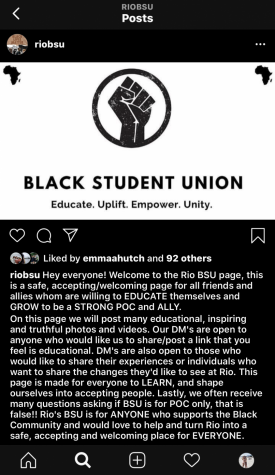
In a survey of over 70 students, however, 59 percent believed posting on social media is a good way to participate in political or social activism.
“I do believe that activism is an important part in social media because everyone uses it now and it’s the easiest way to communicate or show something and have plenty of people see it,” Lawson said. “But it’s also important that people aren’t just posting something on social media and calling it activism.”
Despite differing opinions on what activism should entail, there are over 1 billion active users on Instagram and 330 million on Twitter, making social media a large platform to share beliefs. With 85 percent of teenagers active on Instagram, political and social messages are often seen by the younger generation, even if by chance.
“Social media serves as a news outlet for many people that wouldn’t have heard of events by watching the news on TV or reading the newspaper,” Kurzrock said. “Social media reaches a demographic that will be the next leaders.”



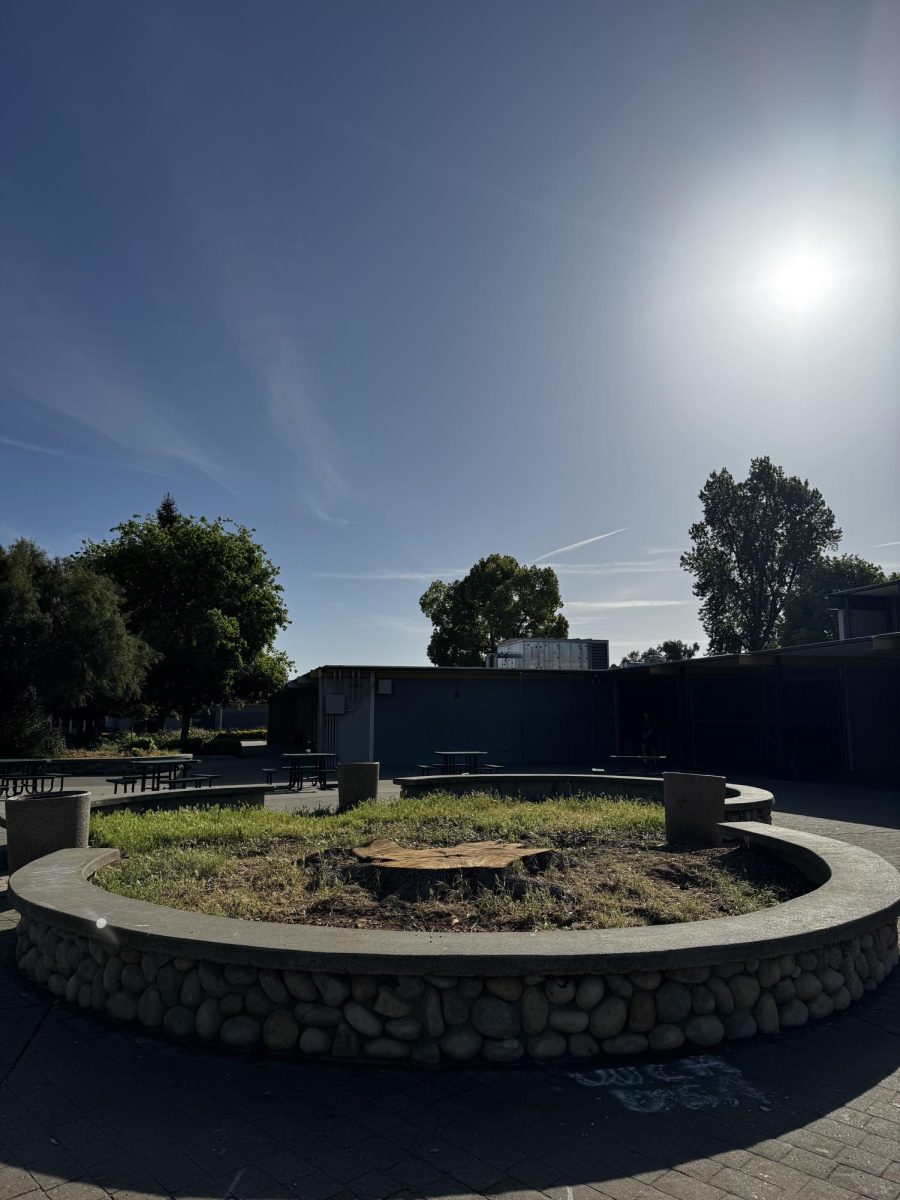


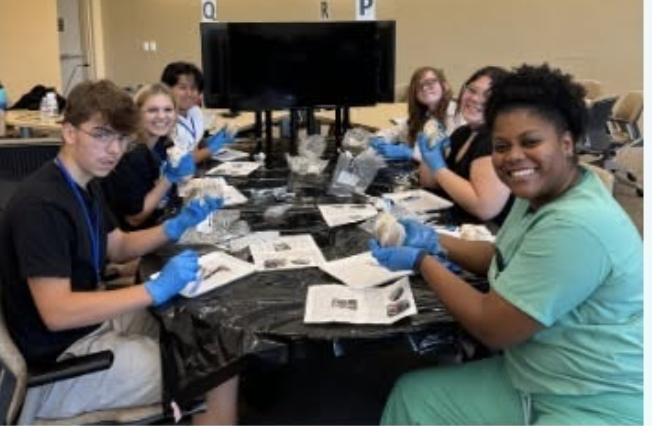
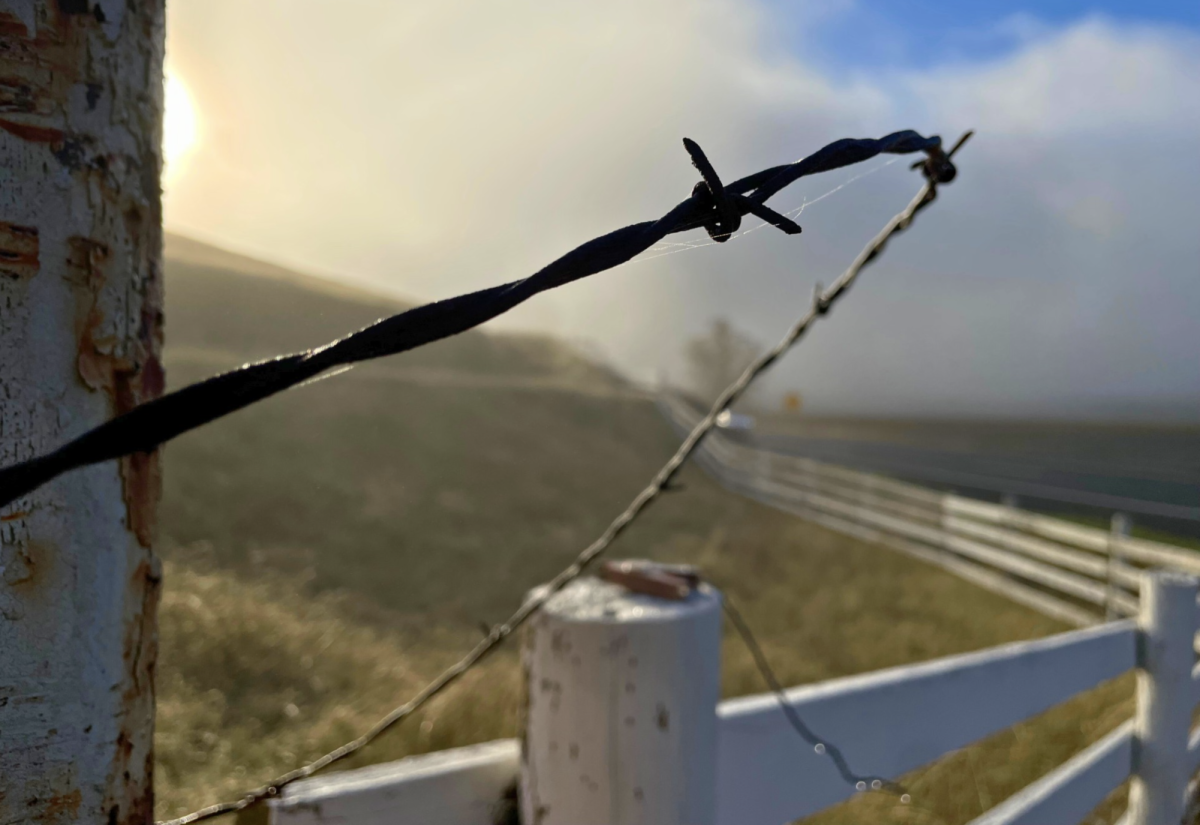
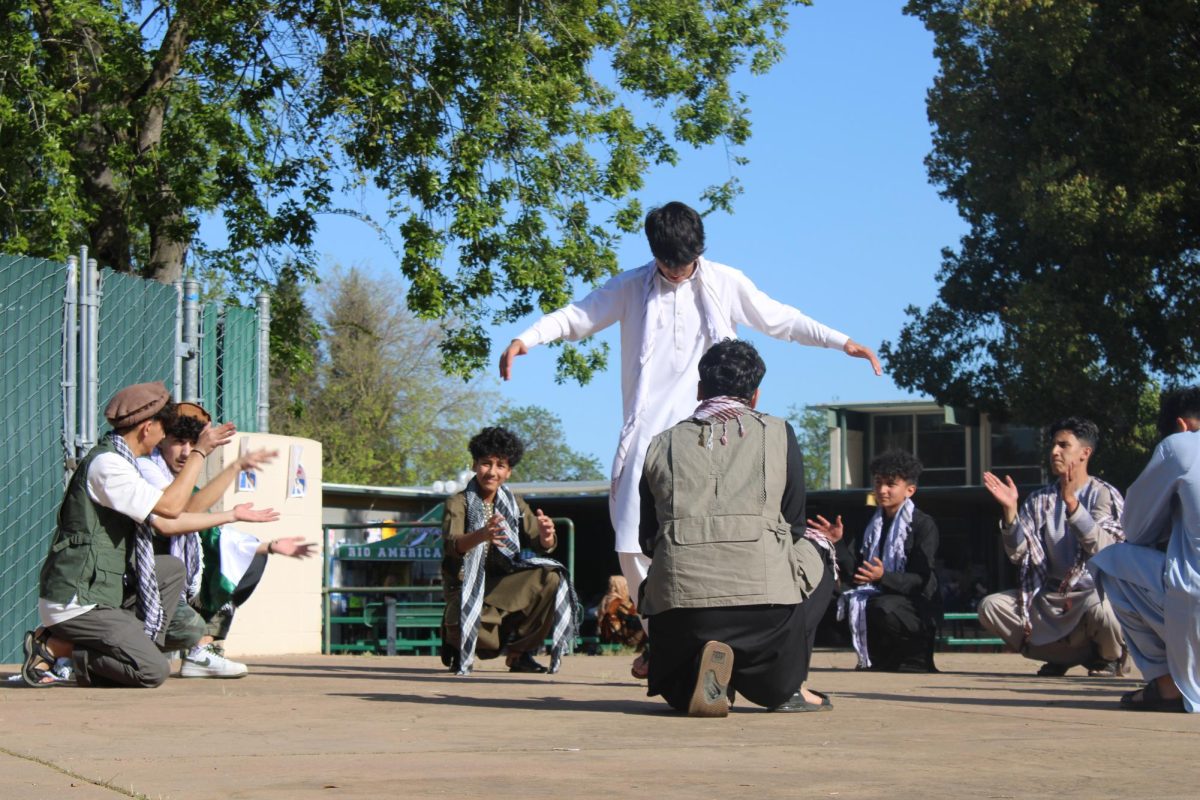


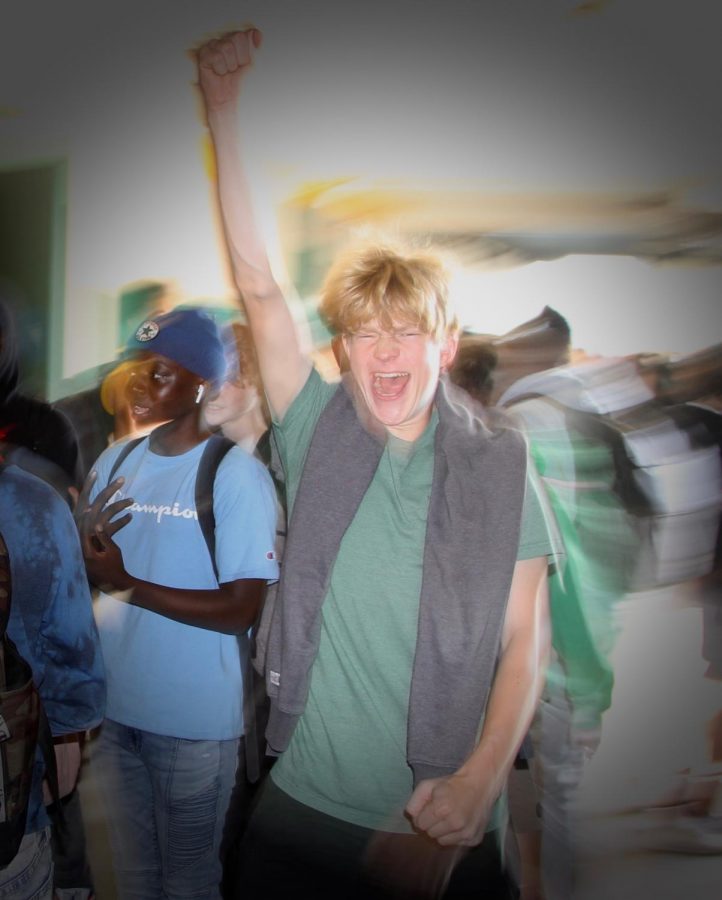


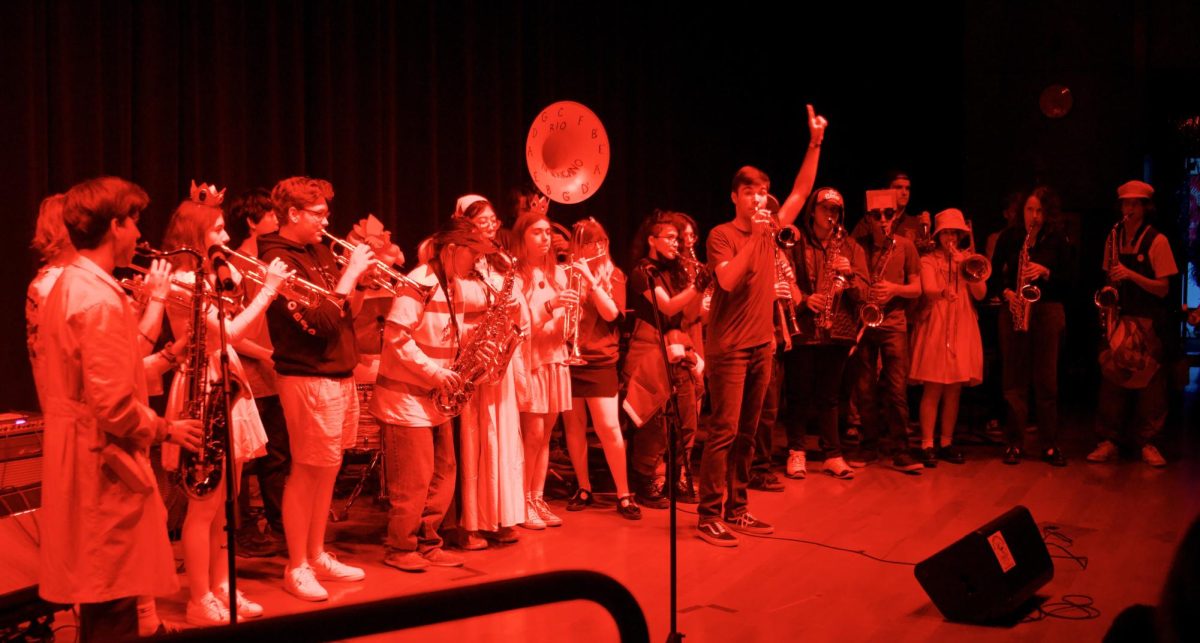
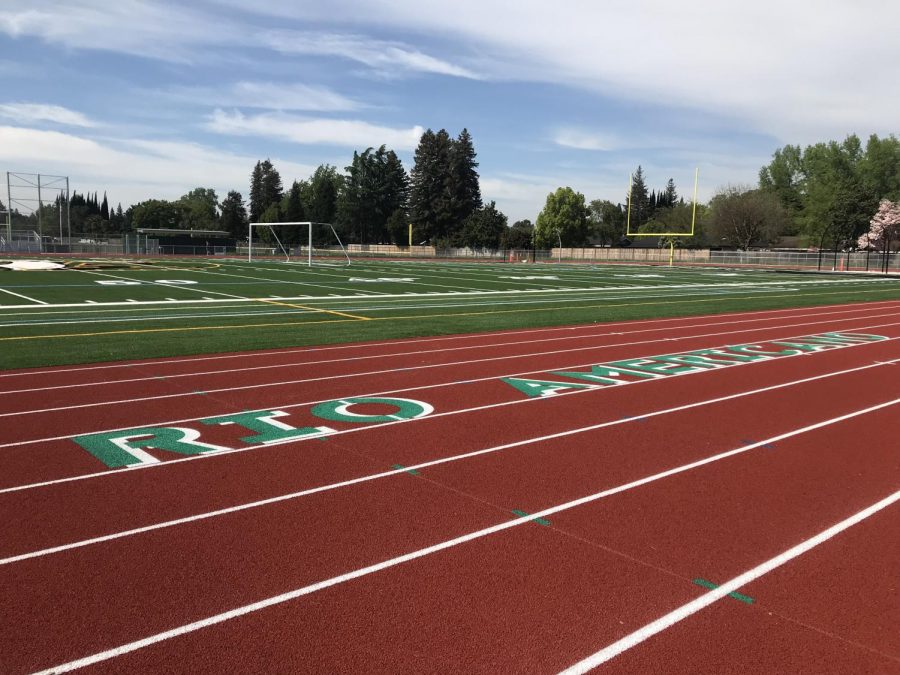
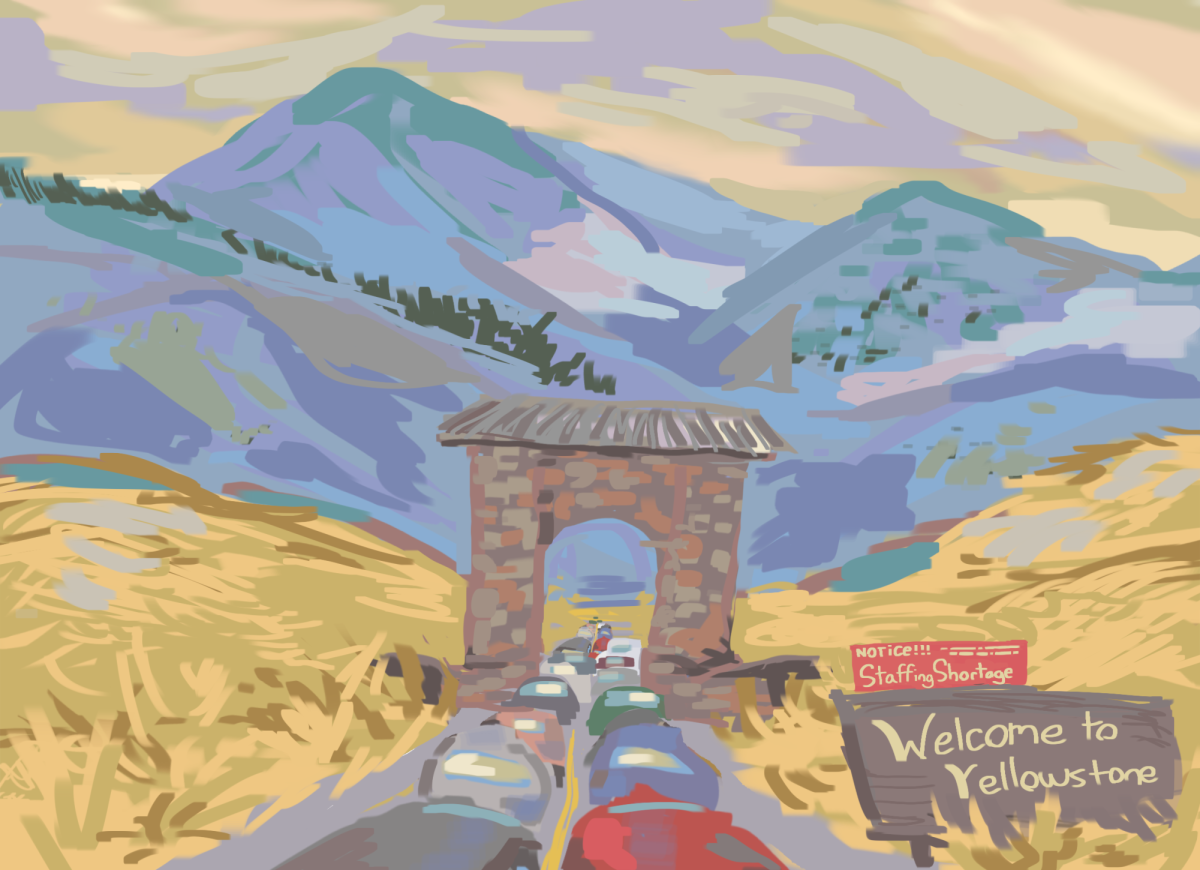


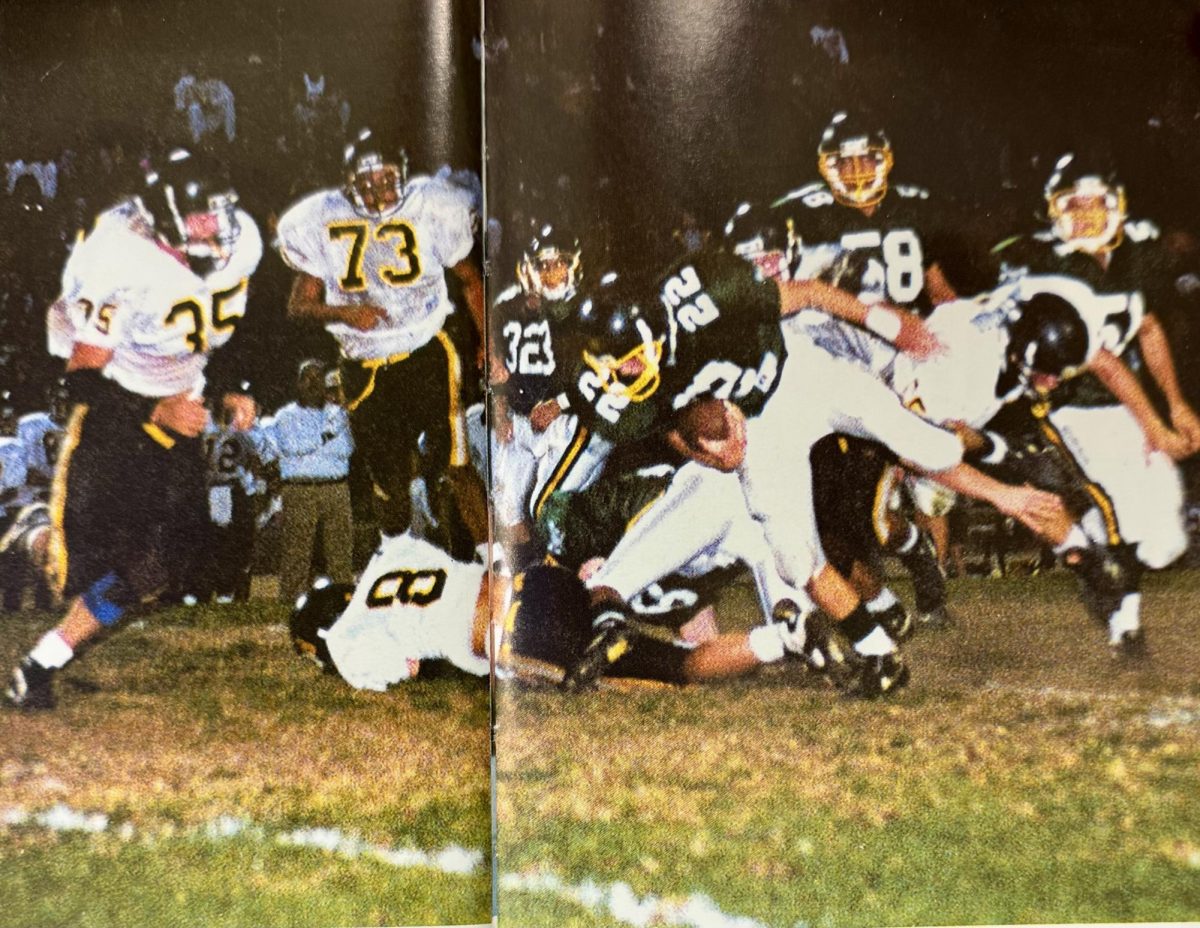
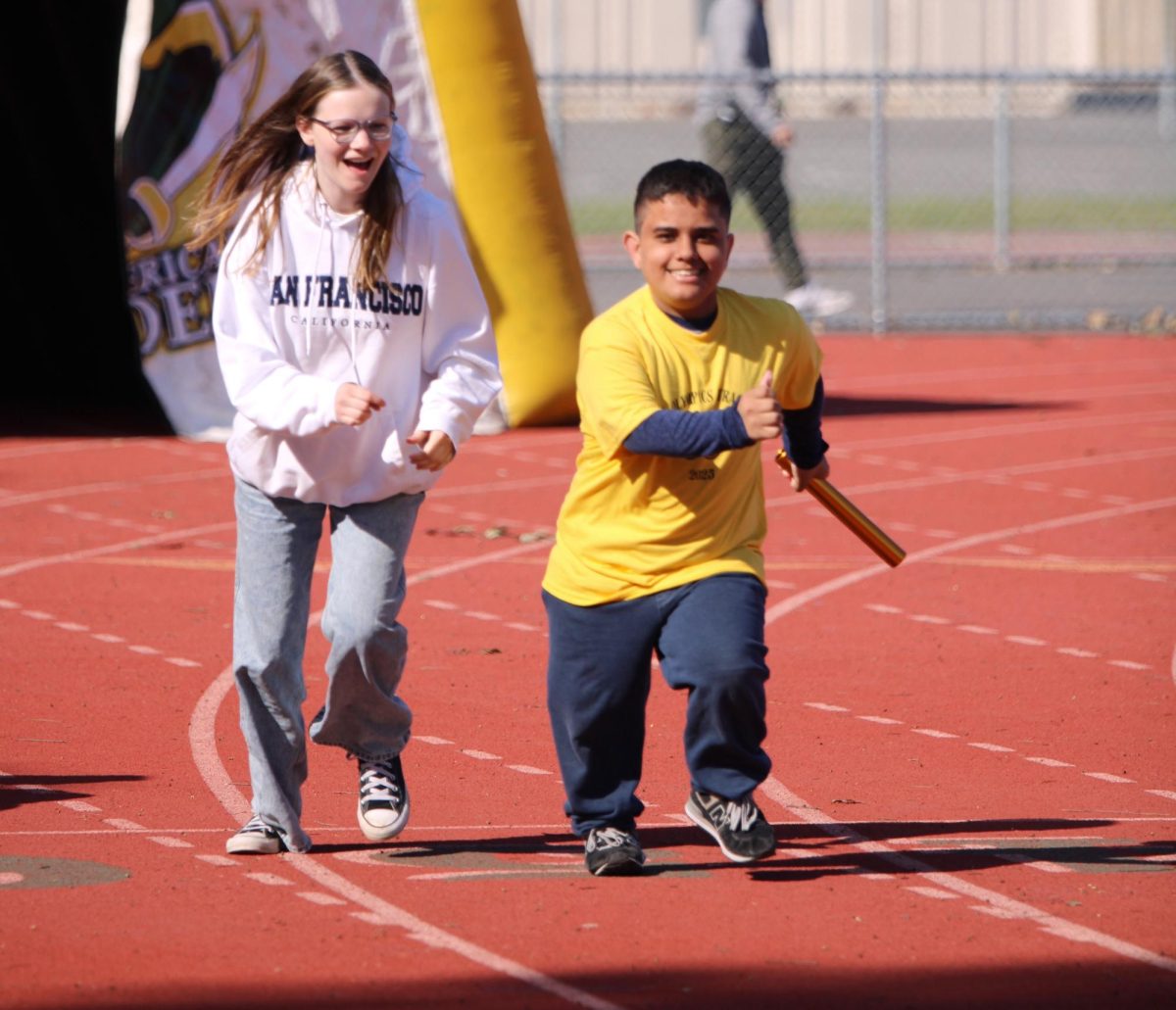


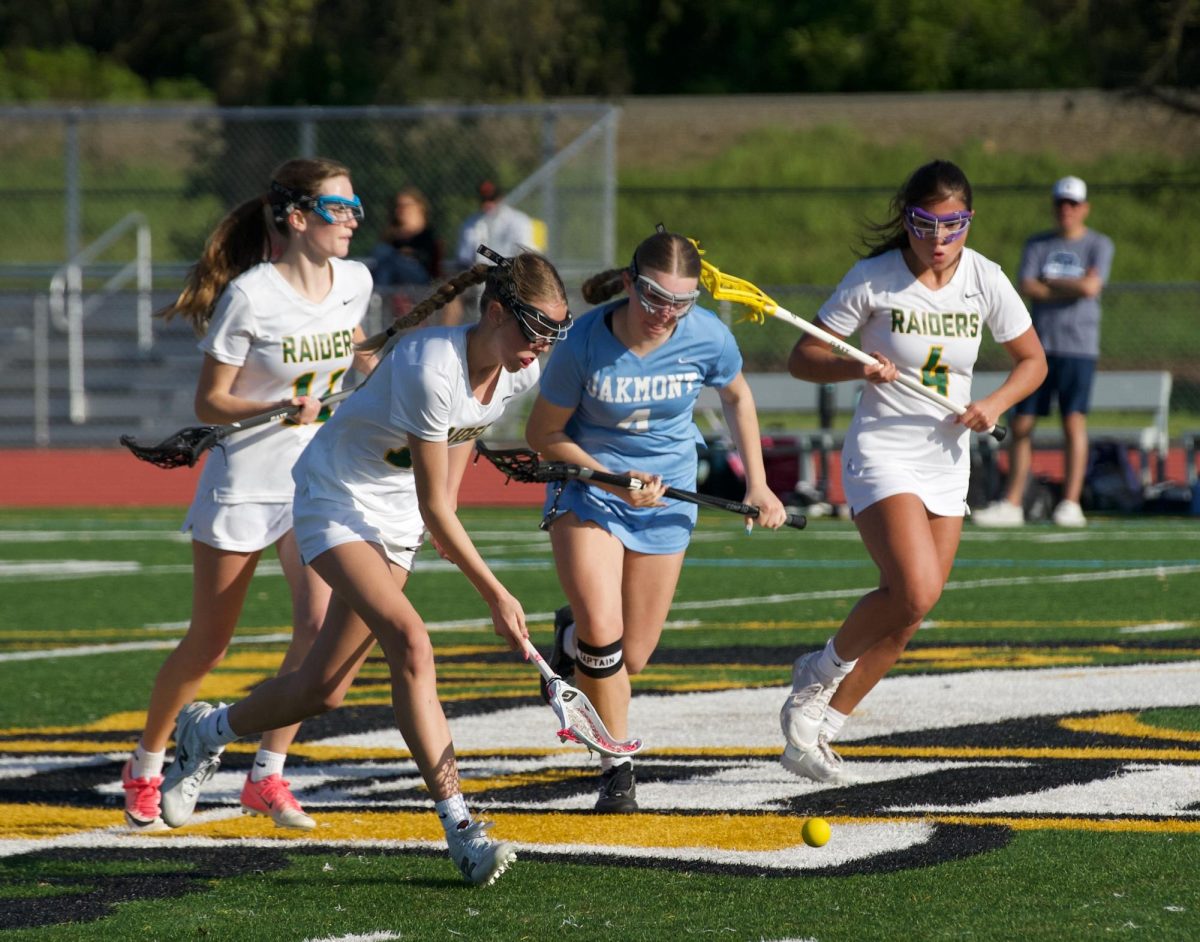

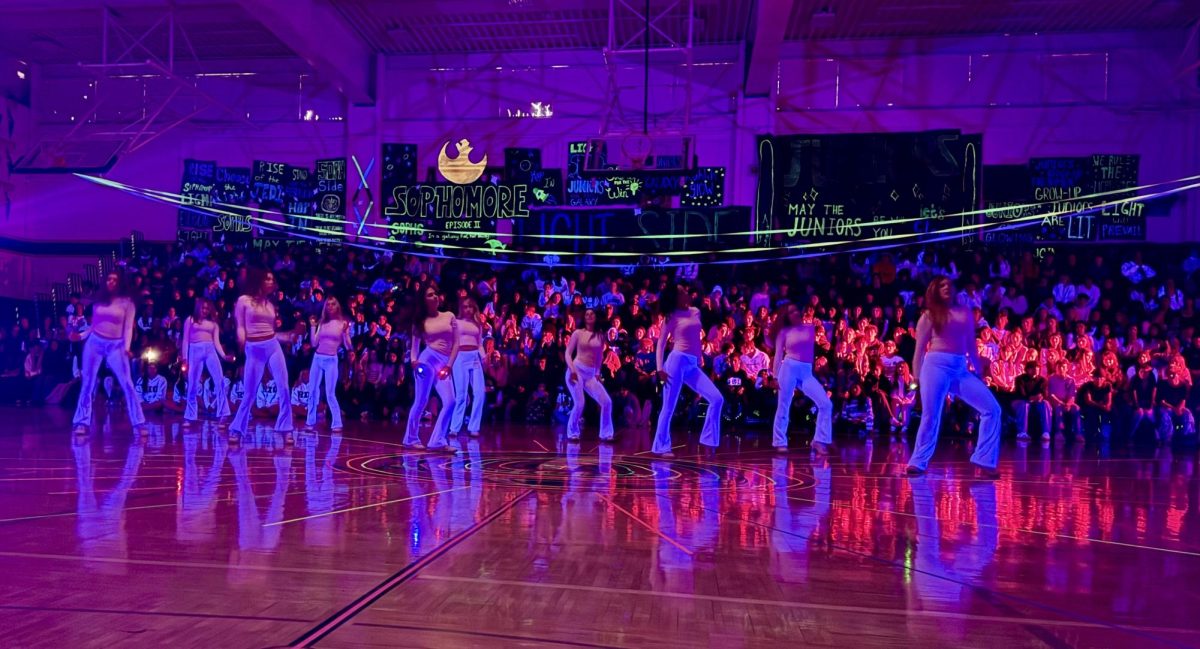









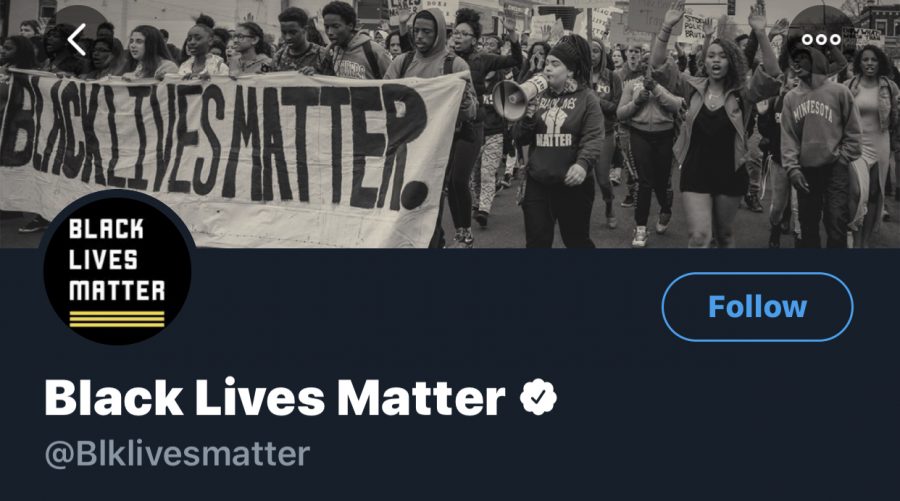



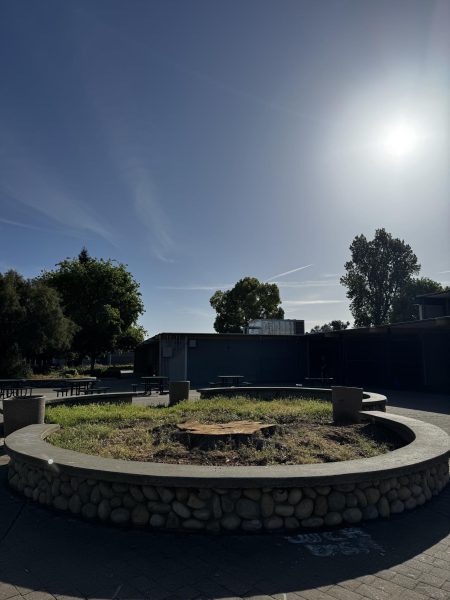


Metzli Lemus • Nov 1, 2020 at 7:32 PM
Social media really helps students, and activists get their message across. It is interesting to see how activism has evolved through the ages. Activism began with meetings and in person protests. Yet now because of covid, it has evolved and to be more accessible for community members, especially the older generation who cannot go to protests anymore.
Jae Yeon Lee • Oct 5, 2020 at 6:33 PM
In today’s modern society, social media has changed almost every aspect to our lives. It has become such an important function to political and social movements that we rely on our phones to tell us what’s going on around us. Social media is a place that will inspire activism for our generation and generations to come.